- Massive Range
- FREE UK Delivery
- Rapid Dispatch
- Massive Range
- FREE UK Delivery
- Rapid Dispatch
- Massive Range
- FREE UK Delivery
- Rapid Dispatch
Menu
Home » Assessing the Strength: A Detailed Look at Aluminium Angle Bars
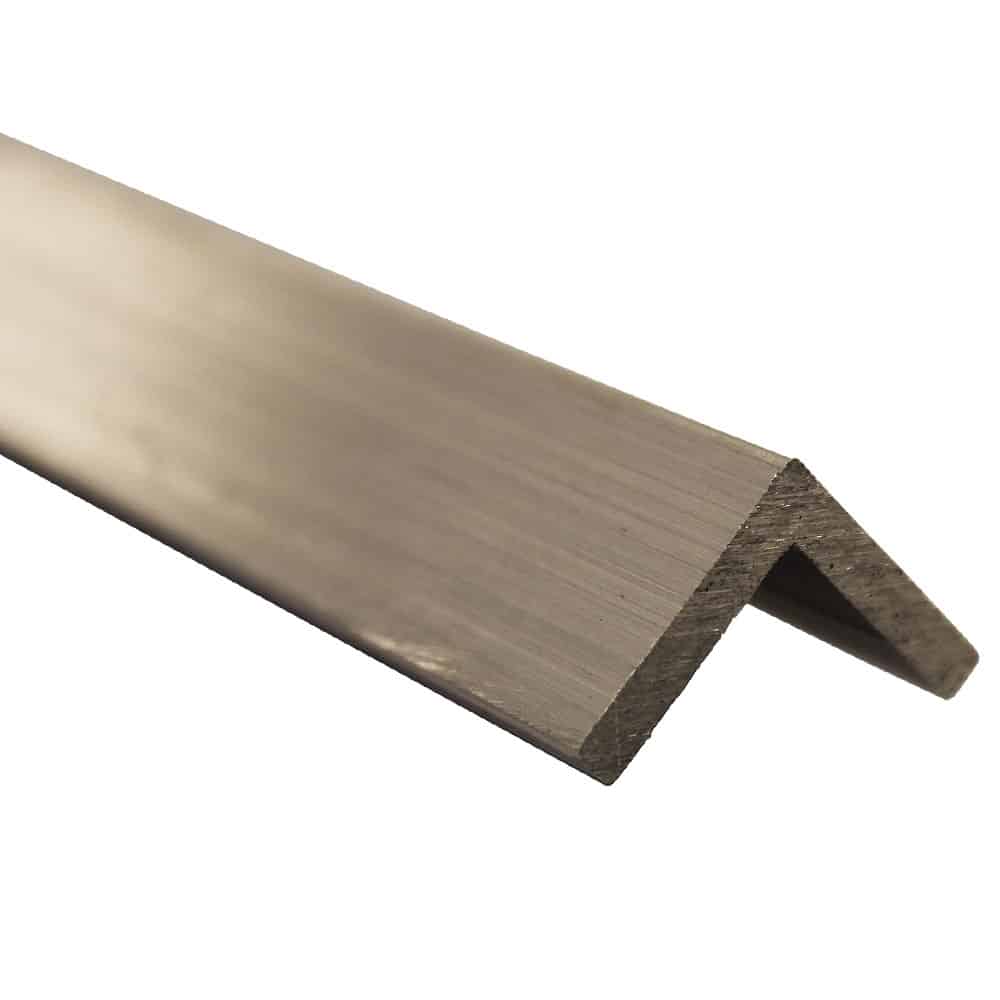
Aluminium angle bars are a structural cornerstone in myriad projects, from the skeletal frameworks of buildings to the intricate details of custom fabrications.
The appeal of these materials lies not only in their geometric precision but also in their inherent strength, which underpins a construct’s stability. Speciality Metals offers a wide array of aluminium angles, with each size bringing its specific strengths to bear on a variety of engineering challenges. Speciality Metals’ extensive range of dimensions will be highlighted by this guide, providing a clear understanding of each dimension’s ability to withstand the rigours of its intended application.
This article will focus on the 4 main sizes that we offer.
Let’s get into it…
Among the many qualities of aluminium that have made it a material of choice when it comes to construction and design, are its durability and strength. It is noteworthy that the engine boasts a highly favorable strength-to-weight ratio, which makes the engine a heavyweight in terms of utility, yet it is literally light when it comes to mass.
As a result of its malleability, aluminium can be shaped into forms that other more rigid materials would not be able to, without sacrificing the tensile strength of the material. The elasticity of the material, a measure of its ability to endure and rebound from stress, further endorses its use in structures where flexibility in the face of loads is an advantage.
Compared to other metals, aluminium often emerges as the first choice for angle bars, as it offers a balance between its robustness and malleability, which is not matched by other metals of greater weight. Aside from extolling the virtues of aluminium, this article will also delve into the scientific why and how of aluminium – exploring the fundamentals of the material science that underpins its commendable strength and addressing the practical effects of the inherent properties of aluminium on structural integrity.
There is no doubt that angle bars hold a special place in the pantheon of structural shapes. With aluminium, their angular form provides an inherent stability that is amplified by their geometric efficiency.
Aluminium angles are also practical; their lighter weight makes installation and transportation easier, and their strength is not compromised by their mass.
In addition, aluminium’s resistance to corrosion ensures that these angles are not just temporary supporters but long-term contributors to the structural integrity of a building.
Physical strength in materials isn’t a monolithic term, but rather a collection of parameters that determine how they behave under stress. For instance, tensile strength is how much stress a material can handle before breaking. Yield strength is when a material starts deforming plastically under stress. When the load is removed, the material won’t return to its original shape. The modulus of elasticity, or Young’s modulus, measures how elastic or stiff a material is, showing how it deforms under stress then returns to its original shape.
Every one of these parameters is measured meticulously through standardised testing, providing a comprehensive understanding of a material’s mechanical properties. Values derived from these tests tell a story about a material’s resilience, fortitude, and limits. The engineers use these metrics to predict the performance of materials when designing structures.
An aluminium angle bar’s strength depends on its geometric dimensions and its inherent properties. A bar’s load-bearing capacity is directly influenced by factors such as its cross-sectional area, as well as its specific alloy grade, which dictates its tensile strength and yield point. It is also crucial to consider the angle’s design, specifically its walls’ thickness and flanks’ breadth.
For example, consider Speciality Metals’ 50.08mm x 50.08mm x 3.175mm aluminium angle. To calculate the cross-sectional area (A), we would measure the two perpendicular flanks (a and b), subtract the overlapping area (since it’s a right angle), and multiply by the thickness (t):
A = (a × t) + (b × t) - (t^2) For the 50.08mm x 50.08mm x 3.175mm angle: A = (50.08mm × 3.175mm) + (50.08mm × 3.175mm) - (3.175mm^2) A ≈ (159.004mm^2) + (159.004mm^2) - (10.08mm^2) A ≈ 307.928mm^2
This area is then used in calculating the moment of inertia (I), which is crucial for determining the bending strength:
I = 1/12 × (b × h^3 - (b - t) × (h - 2t)^3) Where b is the base width, and h is the height.
An engineer would ultimately use these calculations to determine the angle’s load-bearing capacity, deflection under weight, and suitability for application. For a complete picture of the aluminium angle’s capabilities, material property data sheets would also include the tensile strength of the specific alloy.
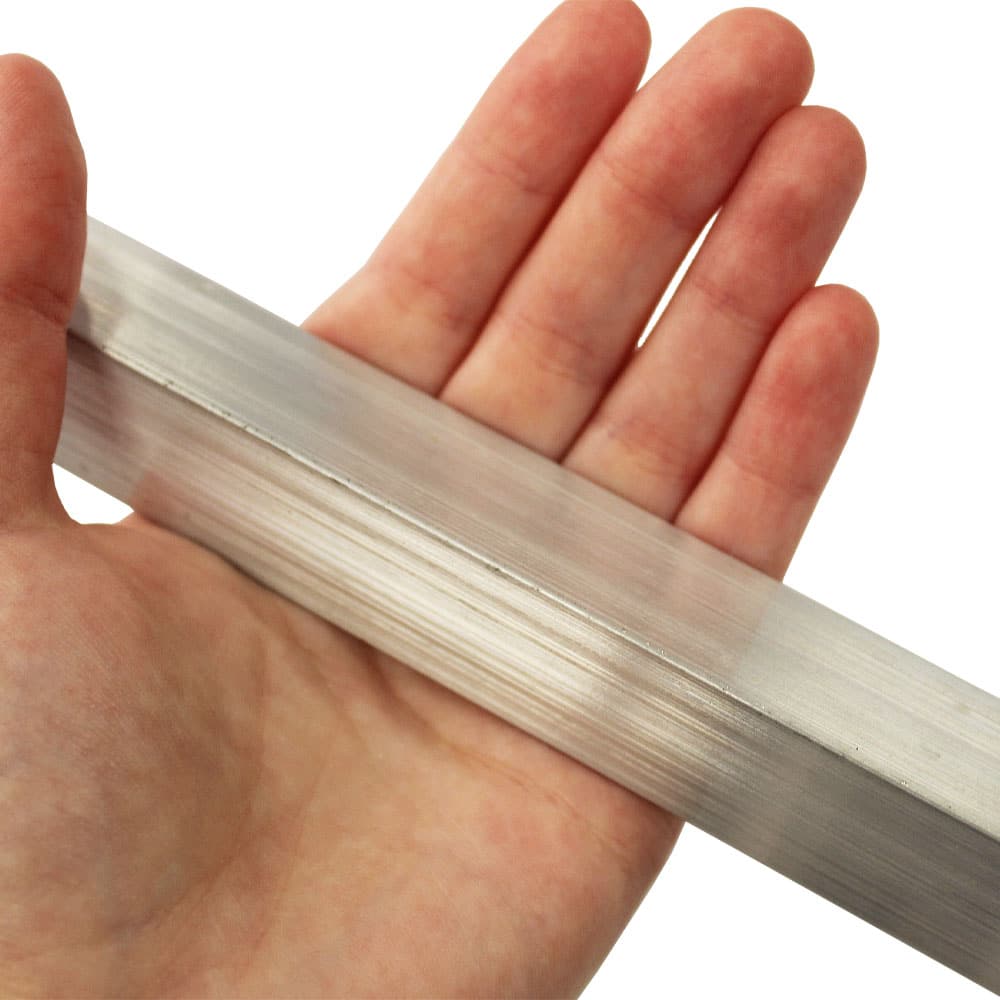
Due to its smaller dimensions, this aluminium angle is well suited for applications requiring precision and subtlety. With its estimated strength, it can be used in lightweight frameworks or as a complementary support in aesthetic installations. Materials with less load are commonly used in consumer products, interior design elements, and detailed craftsmanship.
This angle bar combines strength and versatility in a mid-range size. In addition to being lightweight and corrosion-resistant, aluminium is robust enough for furniture design and medium-duty industrial use. A modular building design and modern, functional décor can benefit from its strength calculations.
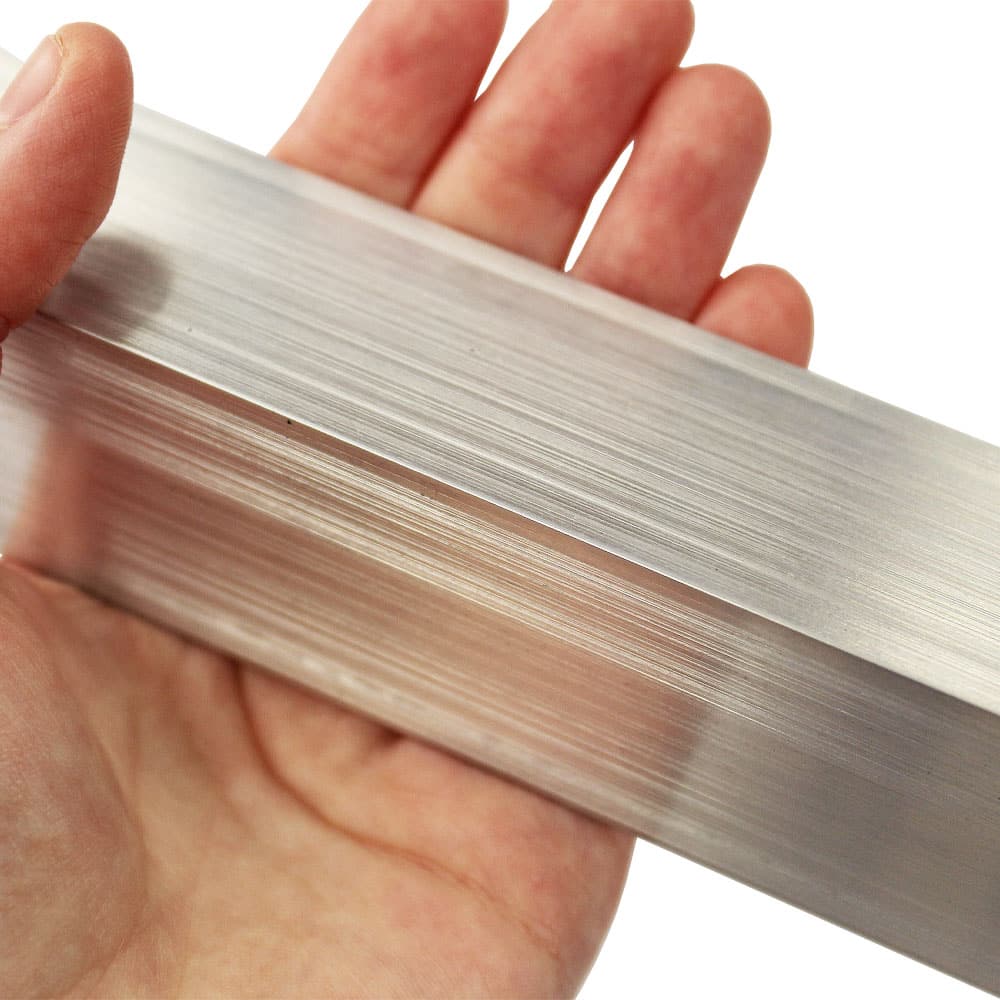
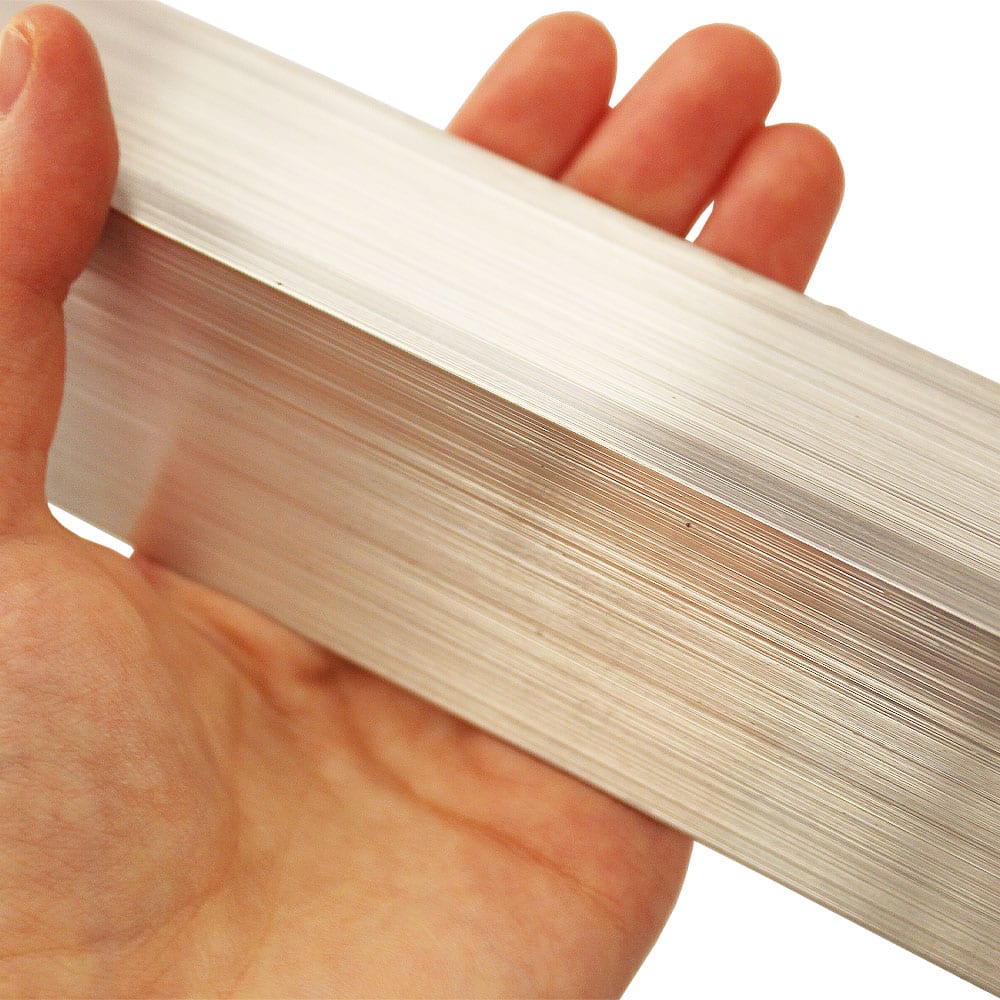
The size of this product represents the most substantial option available in the Speciality Metals range, tailored for heavy-duty applications. As a result of its strength calculations, it appears that it is suitable for large-scale installations, infrastructure projects, and other scenarios that require significant structural support and resilience.
In construction or structural applications requiring high load-bearing capacity, this dimension is ideal. Due to its substantial cross-section, this size can support a significant load, making it a reliable element in heavy-duty structures. Suitable for large frameworks, industrial settings, and structural integrity that cannot be compromised.
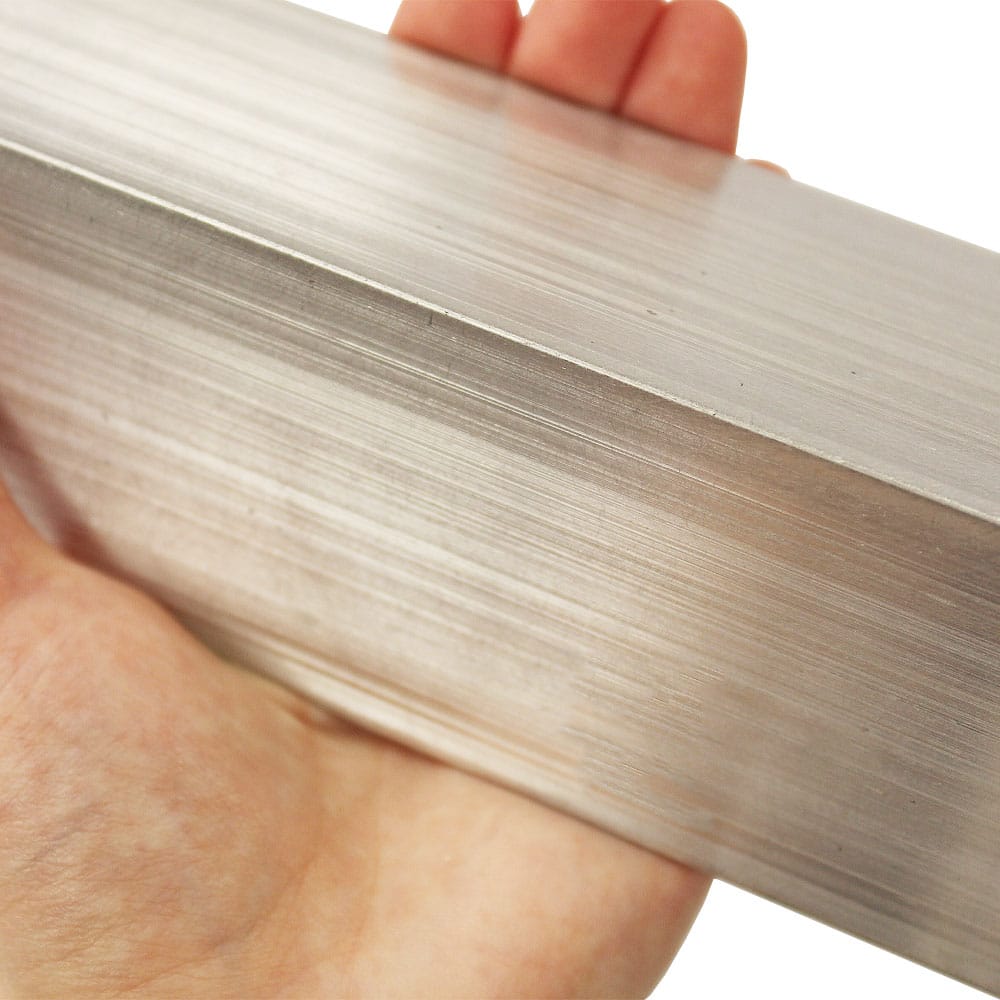
| Size (mm) | Load Capacity Considerations | Applications | Assumptions |
| 50.08 x 50.08 x 3.175 | Consult engineer | Construction, Structural Support | Material free from imperfections, gradual load application, specific yield strength and safety factors considered |
| 19.05 x 19.05 x 3.175 | Consult engineer | Decorative Elements, Light Frameworks | Material free from imperfections, gradual load application, specific yield strength and safety factors considered |
| 31.75 x 31.75 x 3.175 | Consult engineer | Medium-duty Industrial, Furniture | Material free from imperfections, gradual load application, specific yield strength and safety factors considered |
| 38.1 x 38.1 x 3.175 | Consult engineer | Large-scale Installations, Heavy-duty | Material free from imperfections, gradual load application, specific yield strength and safety factors considered |
As a result of their physical strength, aluminium angle bars are widely used in construction, design, and various industrial applications. Lightweight, corrosion-resistant, and easy to machine, these bars combine strength with the inherent advantages of aluminium.
Architects, engineers, and fabricators must understand the strength profile of each dimension, from the robust 50.08mm x 50.08mm x 3.175mm angle to the more delicate 19.05mm x 19.05mm x 3.175mm angle. These calculations serve as a guideline for what these materials can endure, ensuring the safety and reliability of structures they support.
Speciality Metals offers a comprehensive range of aluminium angle bars to meet the diverse needs of our clients. As a company dedicated to quality and customer satisfaction, we provide materials that meet and exceed the rigorous demands of modern engineering.
Whether you are embarking on a large-scale construction project, designing bespoke furniture, or crafting intricate frameworks, our aluminium angle bars are designed to meet your needs. Our range of products ensures that your projects are built on a foundation of strength, precision, and durability.
As always, thank you for checking out our blog. We hope that this helps you with your project.
Please also check out the other articles in our helpful guide series. We have written about aluminium sheeting and checker plate recently to name but two of our articles.
We are also proud to sell this product on our highly popular eBay store, check us out there too.
If you have any further questions, feel free to contact us.
Speciality Metals
Unit 1, Farrell Street, Warrington,
Cheshire, WA1 2WW, United Kingdom
Quick Links
Payment Options
